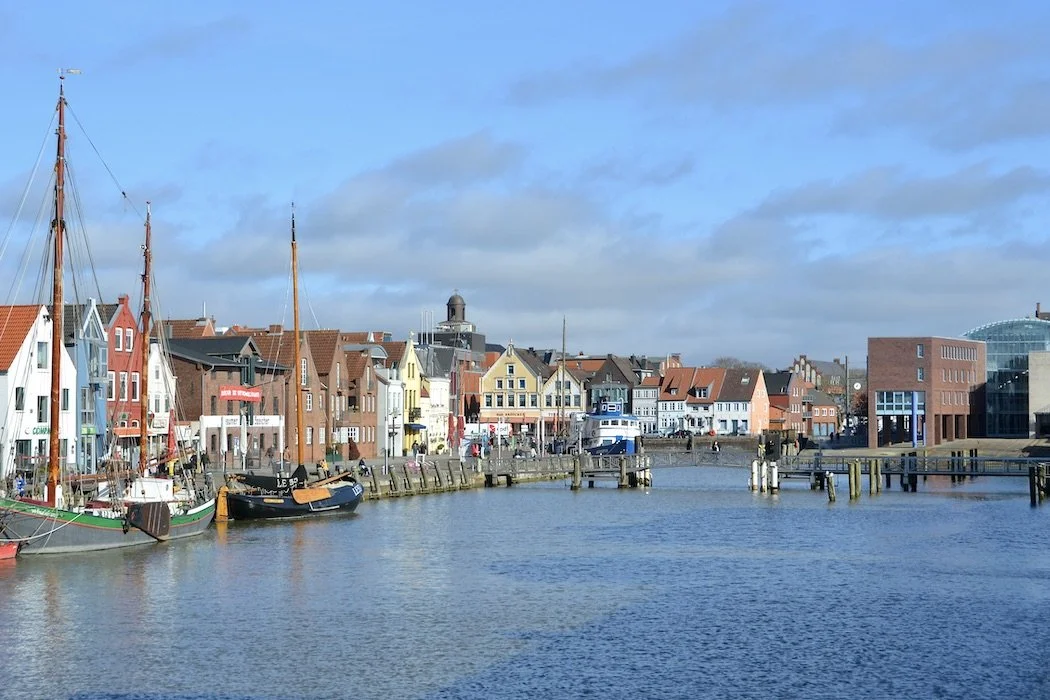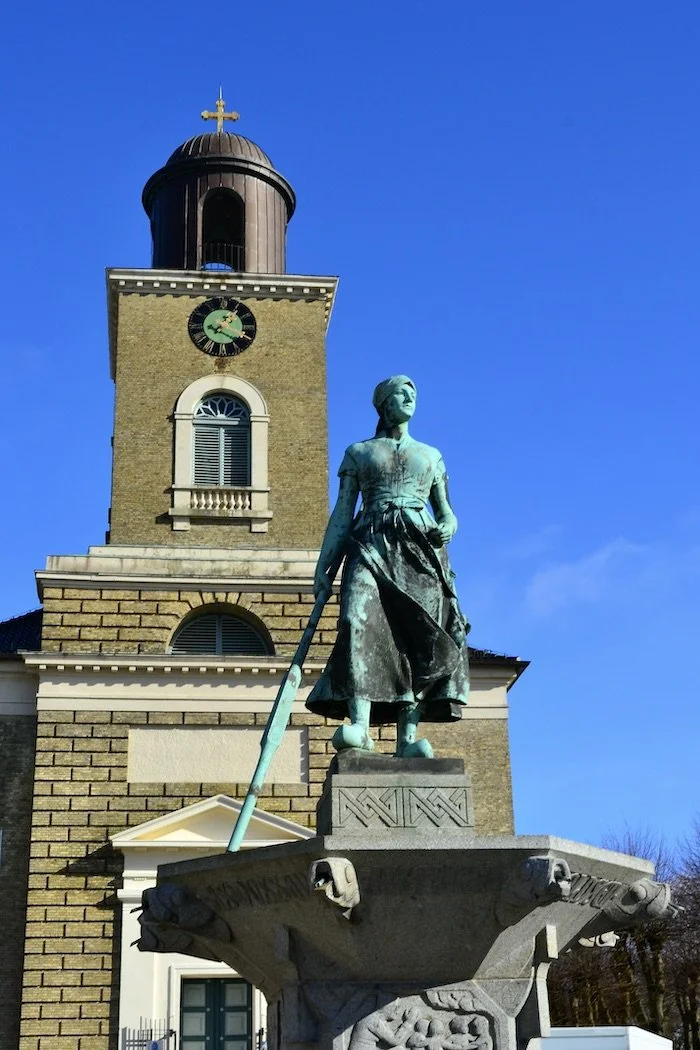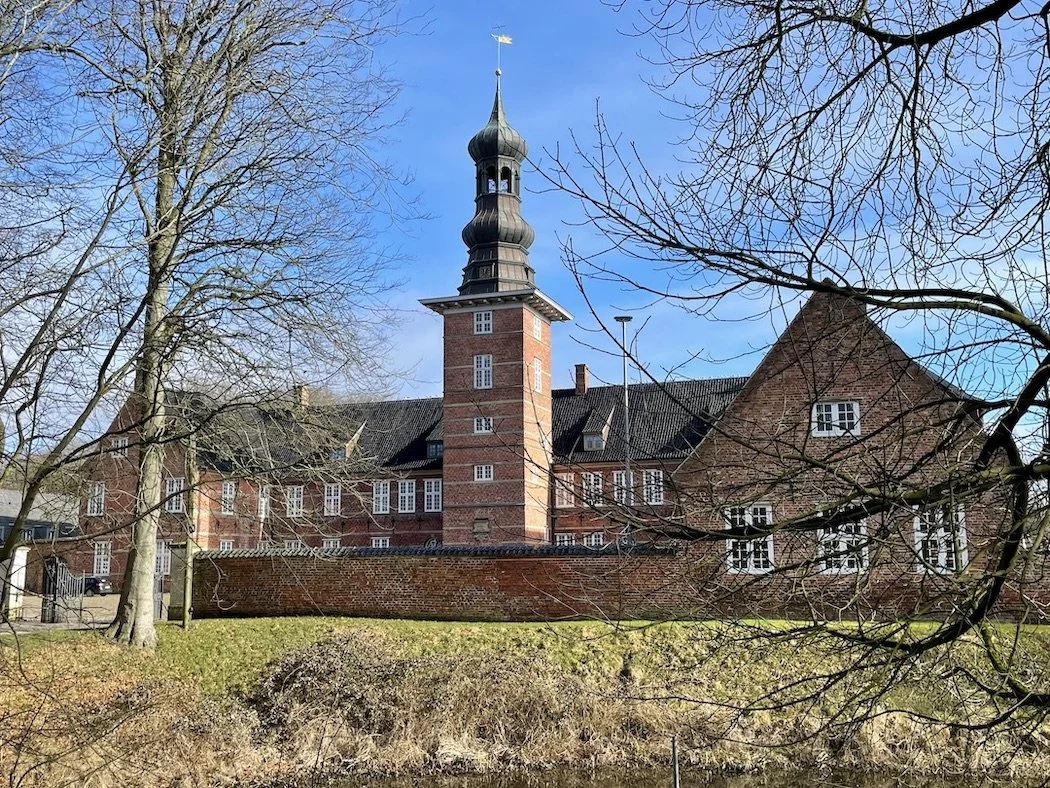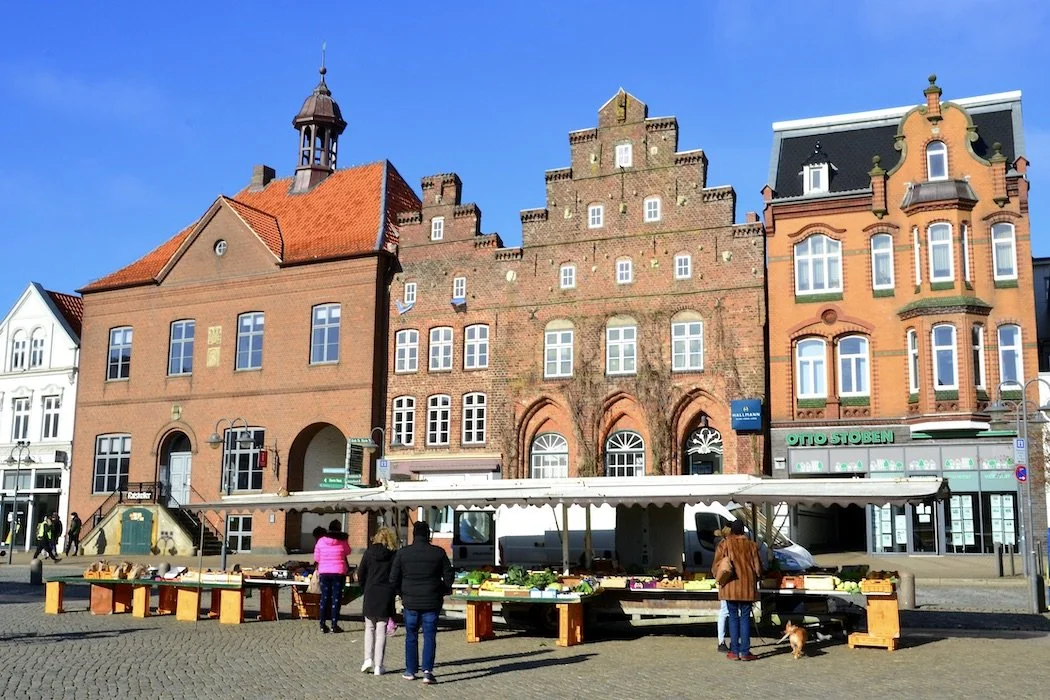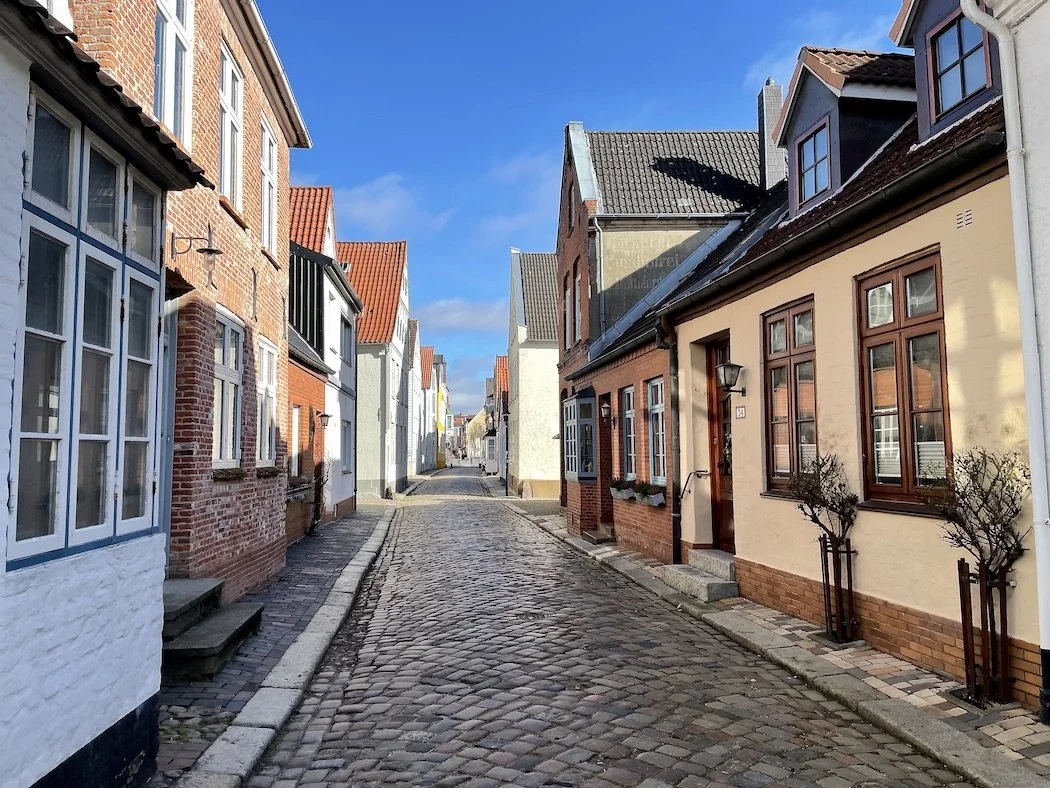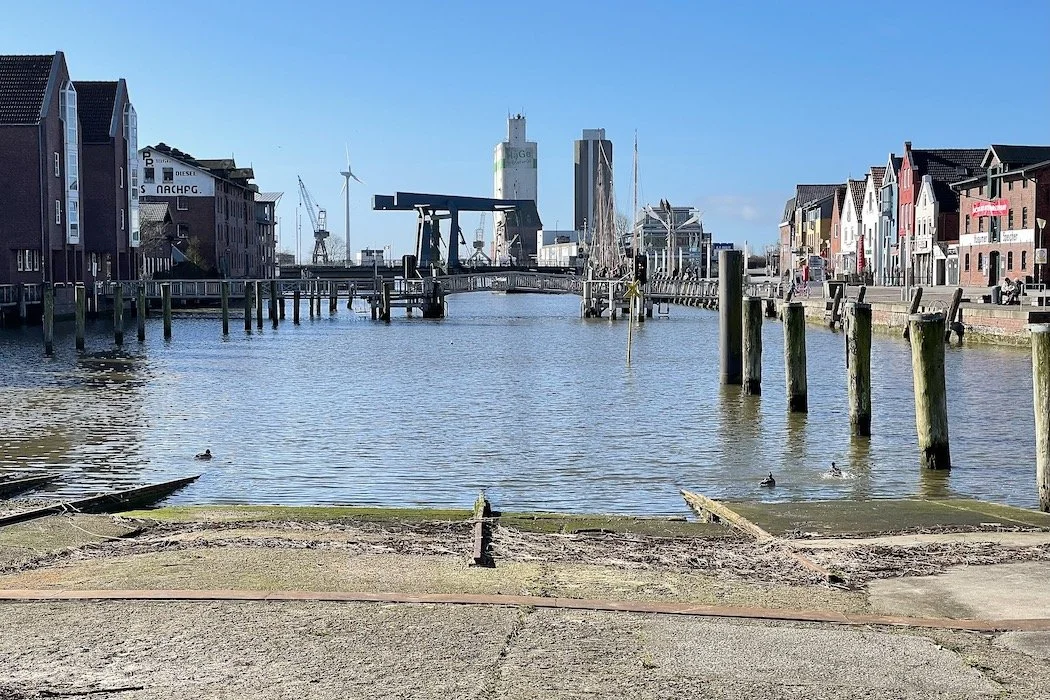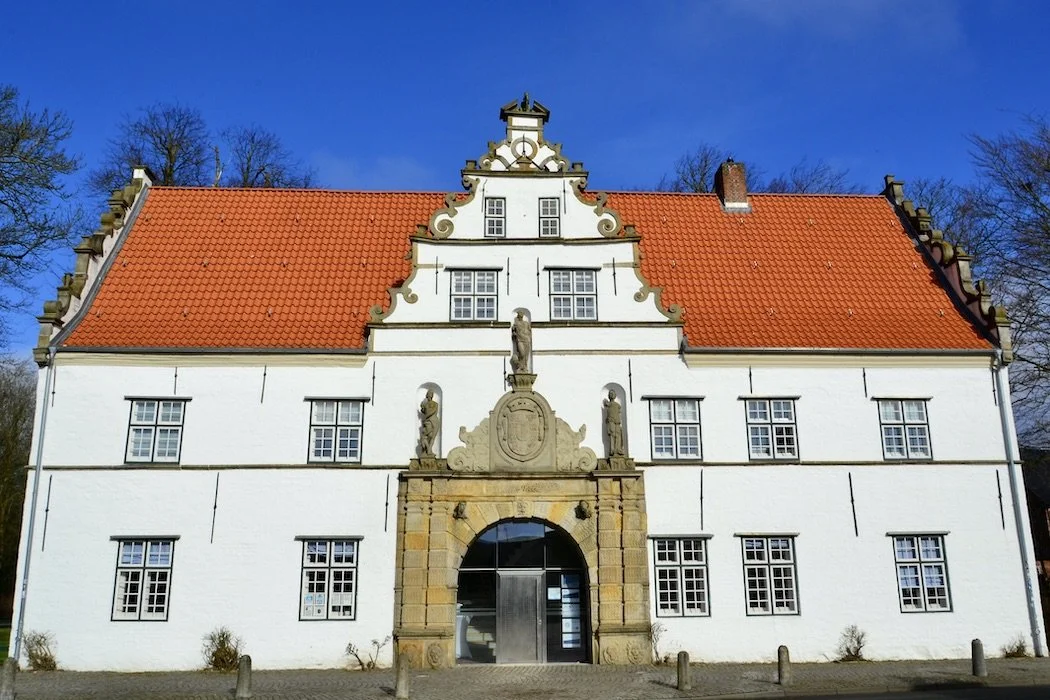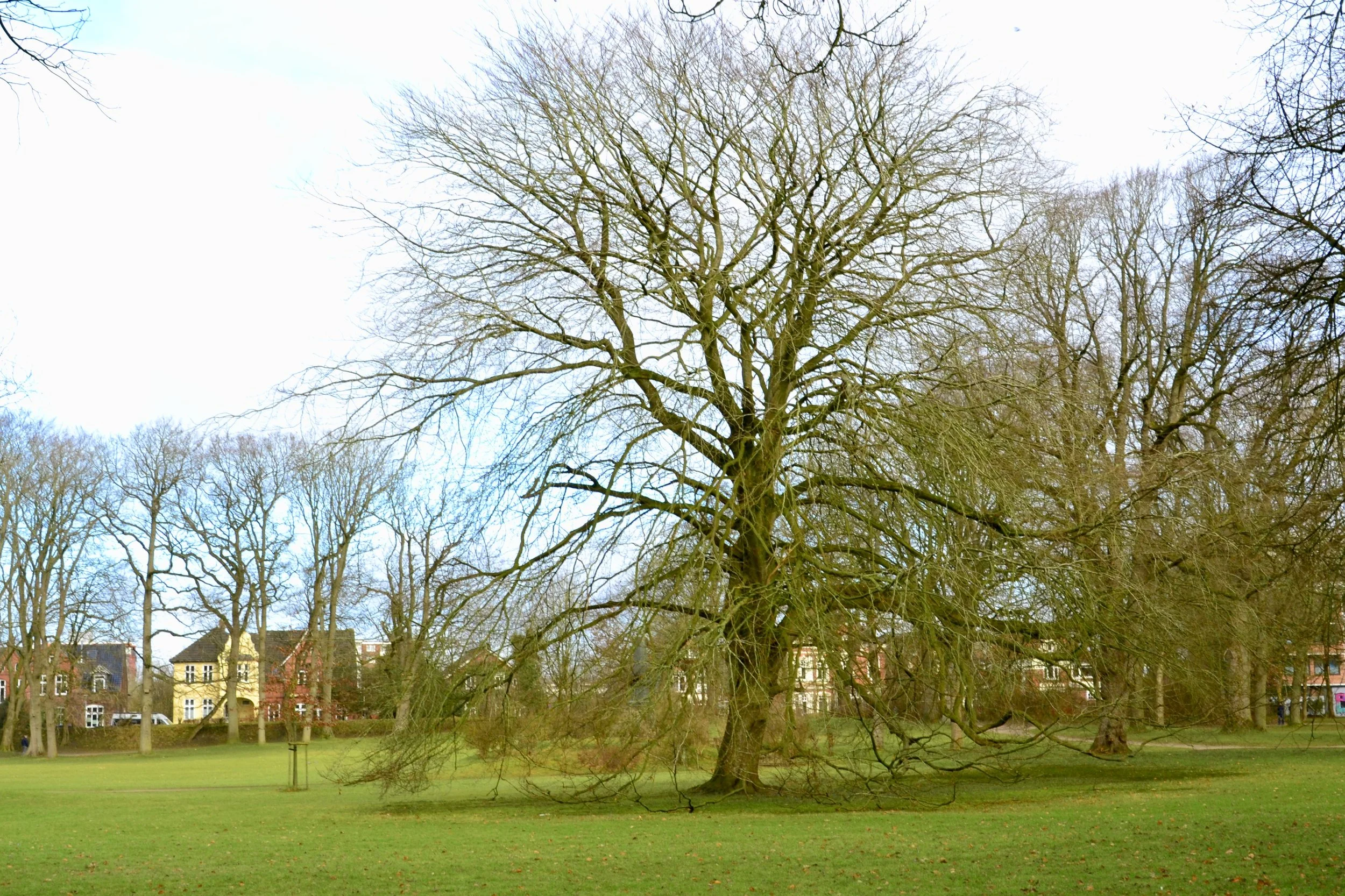Discover a wild west coast in Seafaring Husum
Husum viewed from the inland harbor footbridge
“You have to leave… your comfort and go into the wilderness... what you’ll discover will be wonderful.” –Alan Alda
The North Friesland region of Germany along the North Sea is characterized by a very flat landscape that for centuries has been agricultural and grazing land, dotted with small villages. Tides with a range of more than 3 meters (11 feet) and frequent storms have always strongly influenced this coast and its largest town, Husum, which was not even connected to the sea before the disastrous storm tide of 1362. Called “Grote Mandrenke” (The Great Drowning of Men), it raged across the North Sea killing many, completely flooding the town, and carving out the inland harbor. The survivors took advantage of this and built a marketplace near the new harbor which enabled their town to thrive.
Then as now, the market square anchors the town, flanked by St. Mary’s Church, the Dutch Renaissance-style Old Town Hall, and typical Friesian merchant’s homes. Weekly markets have been held here since 1465 and since 1902, surrounding the statue of “Tine” on the fountain, which symbolically looks west to the sea. The myth tells of a fisherwoman who saved the entire town folk from a storm tide by setting her house on fire to attract their attention away from a winter bonfire on the beach.
Husum was first mentioned in 1252 as Husumbro when Danish King Abel was murdered at Husum Bridge. Abel Valdemarsen, Duke of Schleswig, had his brother Eric IV of Denmark killed in 1250 to take the crown for himself, only to become the victim of a peasant uprising just two years later. His descendants, the Dukes of Holstein-Gottorp, built a Renaissance castle, the “Schloss vor Husum” and surrounded it with a moat. The only castle on the west coast of Schleswig-Holstein, its name derives from its position in front of the city. Now, it houses a museum with a courtyard café and hosts popular regional events like the Festival of Rare Piano Music. The pretty Castle Park is known throughout the region for being virtually carpeted with purple crocus in early spring.
Weather continues to dictate the atmosphere here, which can occasionally be delightful, often very gray, or downright stormy in any season. So much so that Theodor Storm, an important author of German Realism, called his hometown “the gray town by the gray sea” and the name has stuck. Regardless of the weather, the harbor promenade is quite picturesque and a wonderful place to stroll, to visit the Cultural Center Husum Speicher, to simply watch the tide rise and fall, and especially, to eat fresh fish. At low tide, ships sit on their sides on the silt in this inland port waiting for high tide in order to depart. For a colorful impression of seafaring life through the ages, the Maritime Museum is thoroughly enlightening. Beyond the drawbridge, lies the outer harbor where Husum’s maritime economy is still clearly visible, as all from shrimp boats to merchant ships dock by the warehouses and tall silos. Ferries provide a gateway to the numerous North Friesen islands, and from the ferry terminal, a short walk up onto the dike reveals a stunning view of the ocean and the islands beyond.
Don’t miss:
Taking a leisurely stroll of discovery around the inland harbor.
Serendipity:
Finding the unexpected- wandering along and then over the top of the dike and discovering a humorous metal sculpture of pants flying in the wind.
Lunch Tip:
On board the ship MS Nordertor, docked at the inner harbor, for typical northern German fare.
Subscribe for inspiration to have my posts drop directly into your inbox. *If you enjoyed what you read, please share this post with like-minded travelers.*
*All photographs are mine, taken with my Nikon D3100 or iPhone 12 Pro.*

